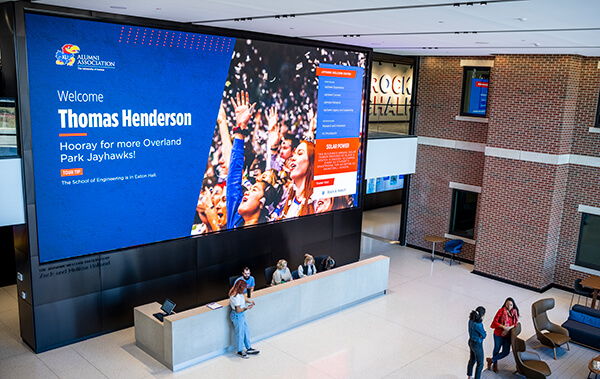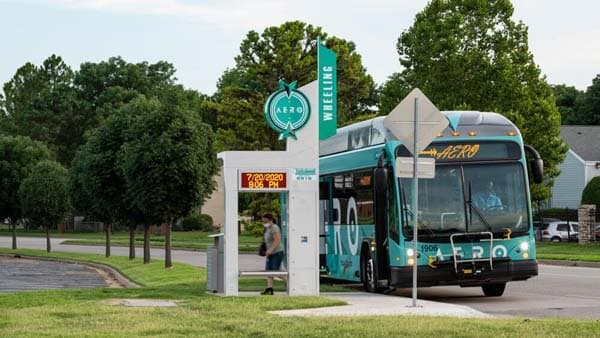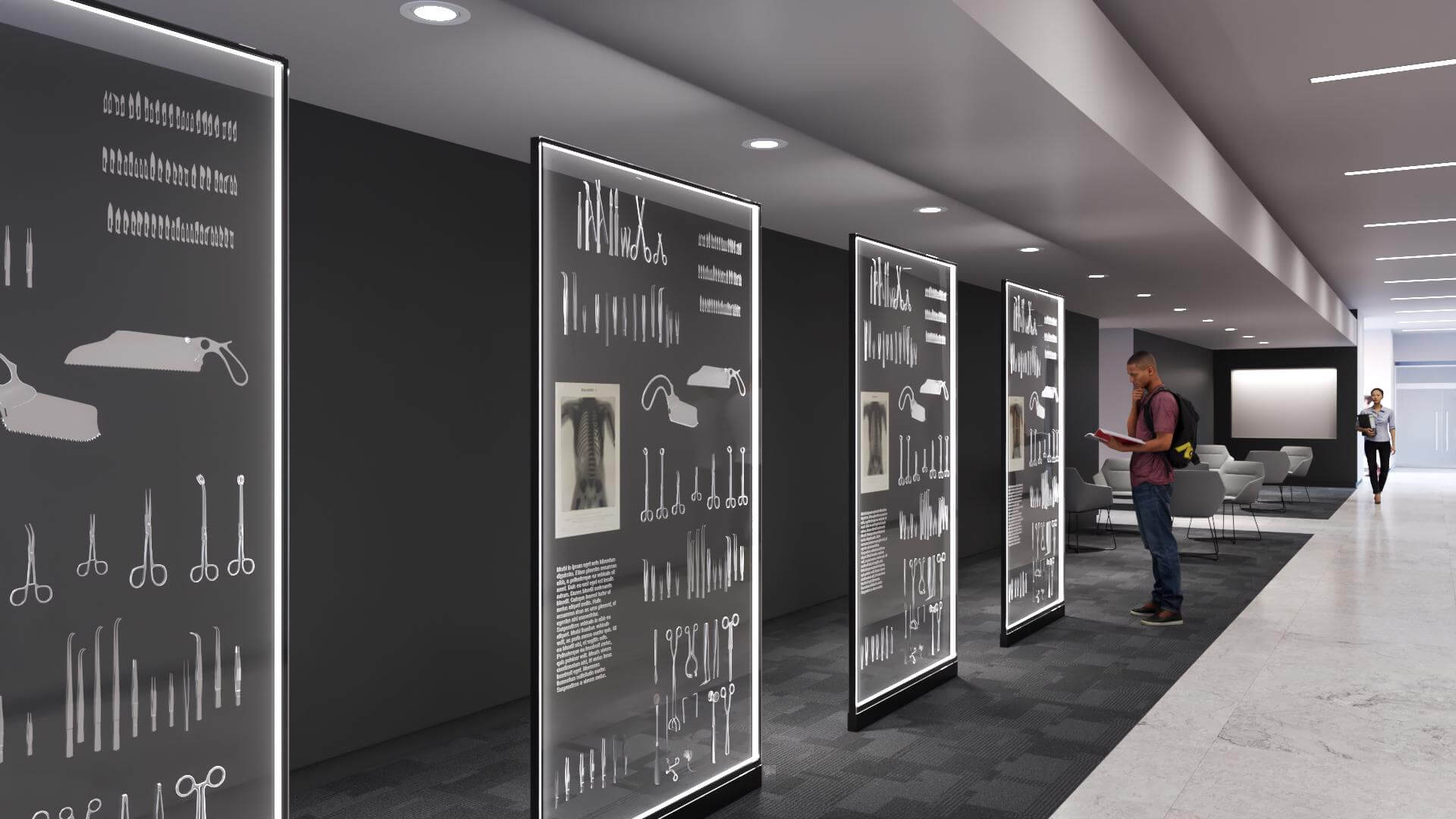If we were to take inventory of recent surprises and shocking socio-economic ripple effects, one of them would certainly be the sudden fragility of some of our most beloved and stalwart institutions and industries (think theme parks and airlines, just to name a few). This has been especially true, however, for museums, zoos, libraries, and other non-profits, which rely heavily on ticketing, memberships, small-scale public contributions, and/or large charitable gifts to keep their doors open and exhibits circulating. With many of these organizations facing unthinkable hardships, troubled times and even closure, the need for effective storytelling and audience engagement is more important now than ever before. Developing a strong connection to both patrons and the community through storytelling can often have the greatest impact to generate the funds needed to stay afloat—or get off the ground—during an uncertain time.
Museums, as a rule, depend on donations, large or small; donations, in turn, depend on how well the museum can touch and engage their audiences. A typical visitor will be inspired to contribute a five- or ten-dollar on-site donation or purchase a membership only when they are truly engaged and impressed by the museum experience, and want to be a part of the museum’s community and/or ensure its survival. Establishing this deeper and more meaningful connection with audiences can help to ensure a strong community and ongoing support, even during down times.
Architectural fly-through created by HDR with Dimensional Innovations’ renderings inserted at exhibit locations
Clear Vision in a Murky Climate
The same principle holds true for large-scale capital campaigns for new museums and exhibit renovations: donors want to be a part of, and put their names on, something special. And when it comes to securing donor dollars, seeing is believing. Large-gift donors need to clearly understand and get excited about what they’re supporting, so it is crucial to effectively convey the envisioned visitor experience, and bring that vision to life with good conceptual visual materials. Even without a looming pandemic and subsequent lockdown for the majority of the country, fundraising can present considerable challenges without effective and inspiring visualization.
An often-overlooked aspect to this process is the need to keep donor excitement and engagement high once the campaign is underway. Most exhibits or projects are completed in stages, and take a significant amount of time and effort to bring to fruition, which can often cause a drop in donor enthusiasm. It’s important to provide regular project updates to donors and contributors and share designs-in-progress, in order to keep them properly informed and combat the excitement shelf-life that inevitably happens when the initial conceptual visuals start to become stale or outdated. The more everyone is kept engaged and aware, the more connected and closer they can feel to the project and final exhibit. Revisiting the work and showing its evolution can effectively build donor confidence and reinforce their investment in the project.
This is how DI can help.
University of Nebraska Medical Center – Wigton Heritage Center
We’ve worked with numerous cultural institutions to help ensure successful capital campaigns by providing effective and engaging exhibit conceptual visualization. Recently, we were proud to partner with the University of Nebraska Medical Center (UNMC) for the design and fabrication of multi-level, historic exhibits in the Wigton Heritage Center, which will be the new visitor’s center, student commons and heartbeat of the campus, as well as home to its extensive library. With the initial goal of invigorating donors and boosting capital campaigns and through strong visual representation and storytelling, we worked with the UNMC team to conceptualize their exhibits, and then bring them to life for donor audiences. Composed of exhibit designs, renderings and a fly-through video, we provided a full suite of high-fidelity materials that painted a comprehensive picture to donors, bolstering the school’s efforts to successfully raise funds and awareness for the new center—all in the middle of a pandemic.
DI was a terrific partner in helping us execute on
our vision for the Wigton Heritage Center.
Emily McElroy, Dean, Leon S. McGoogan Health Sciences Library
Project visualization and clear communication without these materials would have been difficult in any climate, and these assets proved to be crucial fundraising tools for their team. The materials were first shown to potential donors for an initial round of funding, but also helped facilitate donor input and collaboration throughout the ensuing design process. The video, in particular, played a pivotal role for the institution’s use, especially when operating with limited donor face time and a limited budget. The confidence and trust that materials engendered also helped to secure artifact loans, and set and manage internal expectations, in addition to supporting fundraising needs.
We Can Give Your Best Fundraising Efforts a Boost
Fundraising materials should be designed to communicate clearly, invite collaboration, excite contributors, and fuel the development of your vision. At DI, we’ve discovered the power behind telling a compelling story and our team can help empower your solicitation efforts. While fundraising may seem daunting at times, having the right team, approach and support can make all the difference to a campaign’s ultimate success. Email our Cultural team today at info@dimin.com and let us support your next design and fundraising efforts.
























